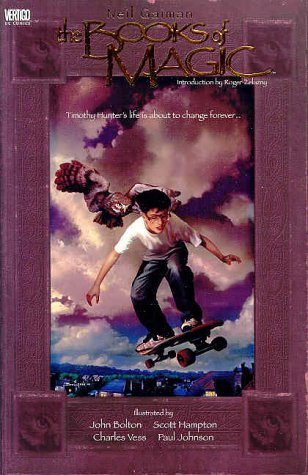(http://dantesheart.blogspot.com/) on November 17, 2008
 I have decided to do a mini series on Beowulf. I’d almost like to think of it as a thank you to Daniel, the Editor in Chief, but then again maybe not. He was the first and only person to ever read me Beowulf in its’ original old English. The Beowulf to be the focus of this article is a story by Stefan Petrucha, illustrated by Kody Chamberlain. In this case, I will spend less on the story, which is a translation and comic-fication (I totally made that word up... oh well if Shakespeare can do it), and more on the illustrations.
I have decided to do a mini series on Beowulf. I’d almost like to think of it as a thank you to Daniel, the Editor in Chief, but then again maybe not. He was the first and only person to ever read me Beowulf in its’ original old English. The Beowulf to be the focus of this article is a story by Stefan Petrucha, illustrated by Kody Chamberlain. In this case, I will spend less on the story, which is a translation and comic-fication (I totally made that word up... oh well if Shakespeare can do it), and more on the illustrations.Beowulf, “the world’s first—and greatest—hero,” boasts the cover of the comic book. Of course this is incorrect, since Beowulf is neither the first nor in my opinion the greatest hero in the World. Gilgamesh and Inanna (a heroine, so she may not count as evidence) are much older than Beowulf. The many heroes in the bible predate Beowulf, as the Beowulf story directly references Cain, son of Adam. Personally, I hate Beowulf, so “greatest” in my opinion is really debatable. I’d argue he is not even close to the greatest. However, Beowulf is one of the earliest English stories. It is a reflection of culture and a by-product of oral tradition. All of that I respect, if not personally enjoy. Petrucha and Chamberlain take Beowulf one-step farther and translate it into images.
The basic story is kept close to other translations. The new and unique component is the images, and the life to the story that each panel brings. The depictions of Grendel are predictable; green and slimy. Grendel’s Mother is no different really, just larger and more grotesque. There are no features on Grendel’s Mother that would make her appear feminine. An interesting choice, considering the tale has clearly given her a gender. Why would the artist choose to ignore her femininity? Do monsters lose gender? Of course, I am of the belief that Grendel’s Mother is not a monster, but a woman grieving over a lost child. The story allowed for a grieving mother, but the images do not.
Beowulf himself reminds me of the 2000’s animated “Justice League Unlimited.” He is built of the same artistic style as a few years earlier, and could have easily been the Green Arrow, Oliver Queen. Since the comic is copy-righted 2007, it surprises me. Styles do not stay the same very long. He is the only character with a lot of detail in the face. No other character of the human variety gets as much attention. Since it is his tale, it was a good choice.
Finally, Scott A. Keating, in charge of color, brilliantly adds tones of orange and brown. Green is expertly used to show the monsters and their home. The waters and swamps vary in shade, but are always green, dark and murky. They are ideally representing the unknown. The land around the humans is orange and yellow, desolate in a way. The terrorized people are painted in a lifeless shade. The sun is permanently setting it seems, leaving the story in a luminal place (though the story takes us into night, the images never really do).
While there are artist choices I disagree with, the overall comic is beautiful. And if you enjoy the story, I suggest reading this comic.
Overall rating 4 out of 5.
Keep Reading,
J.R West





